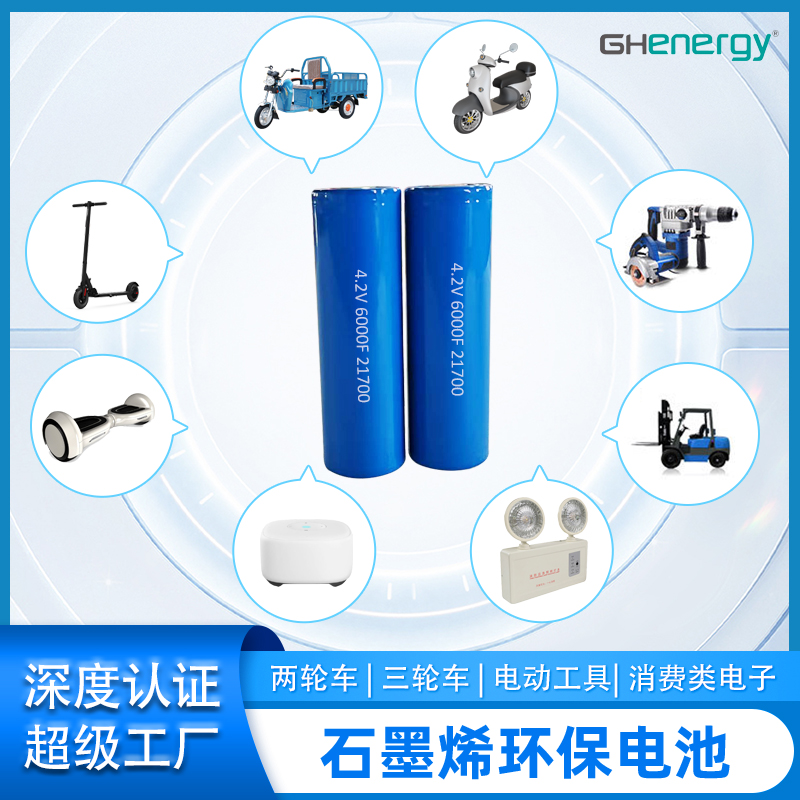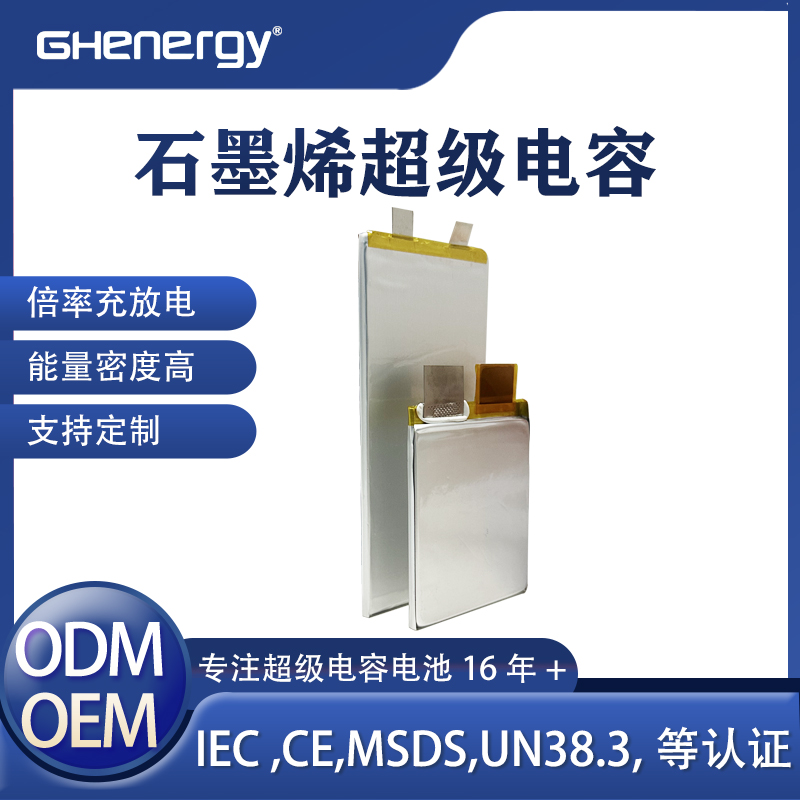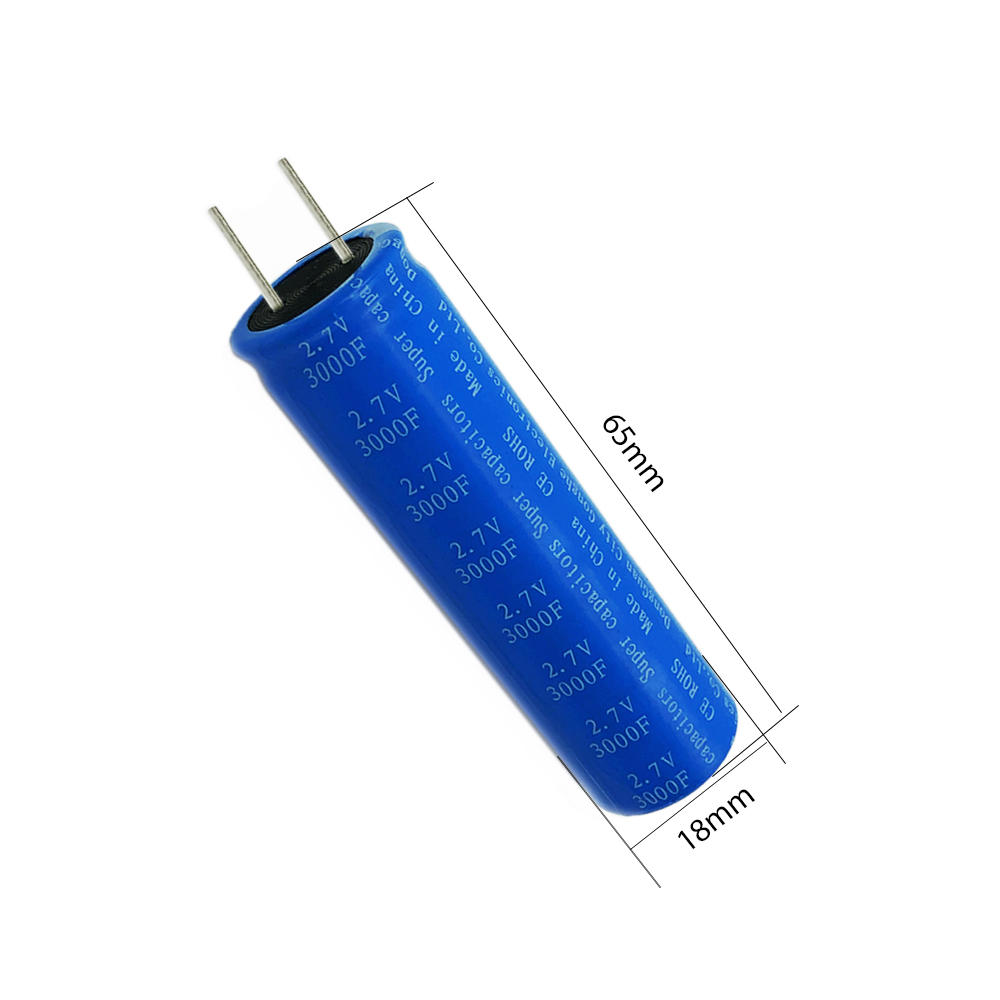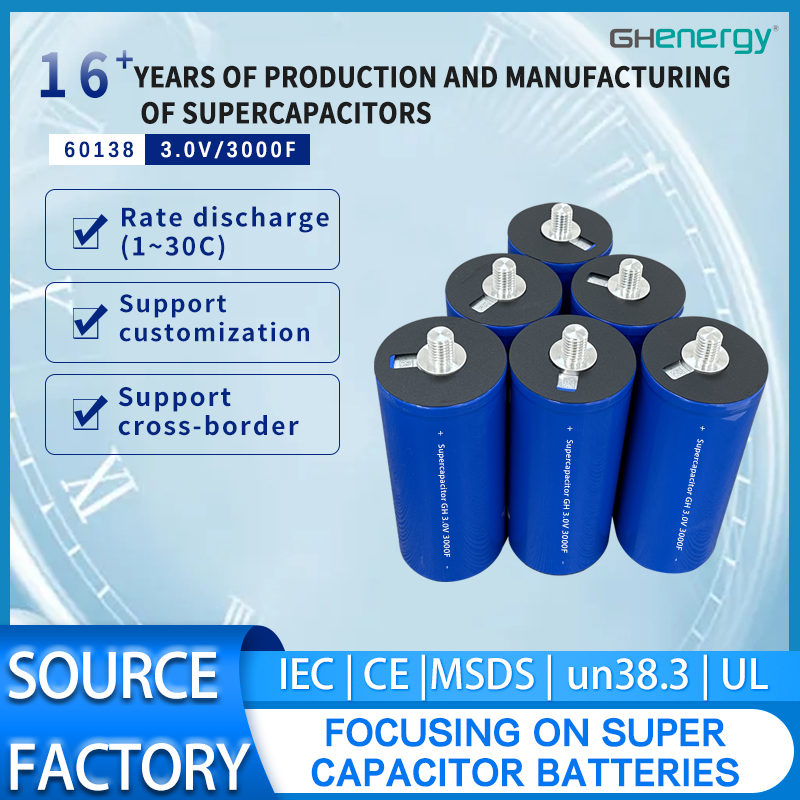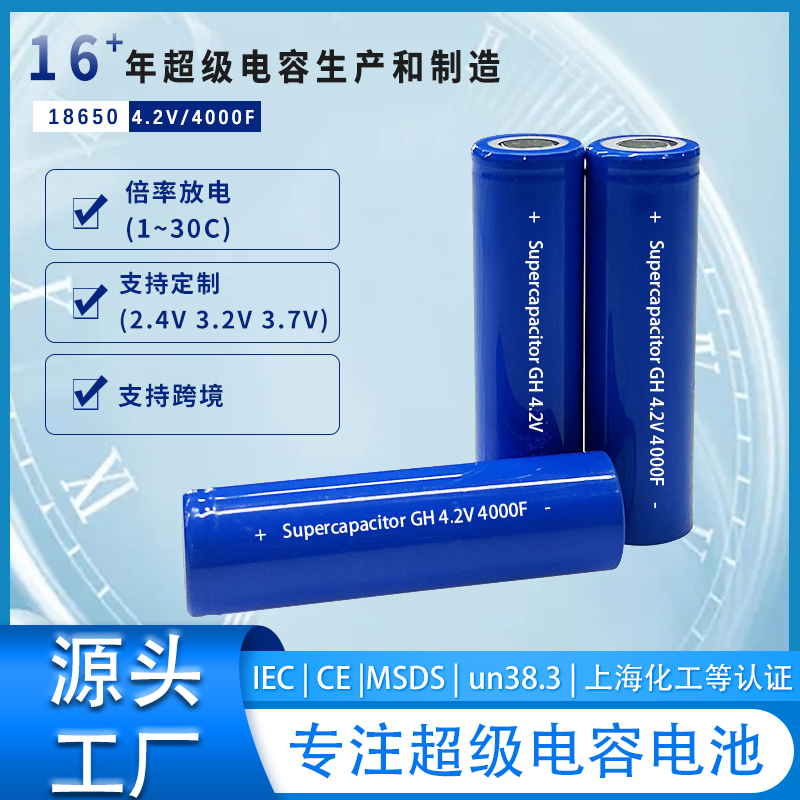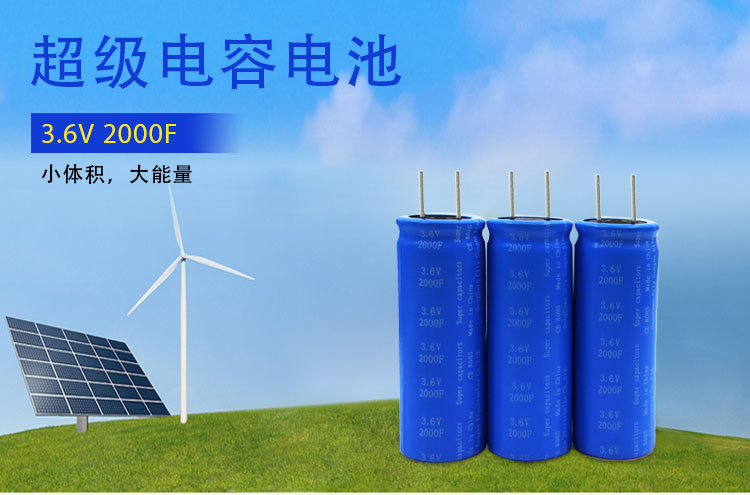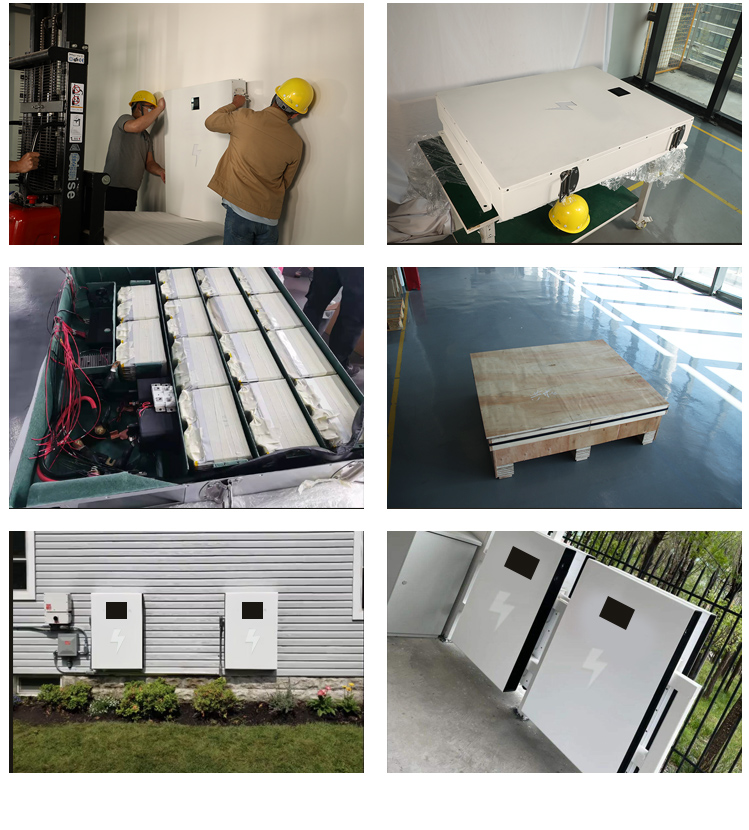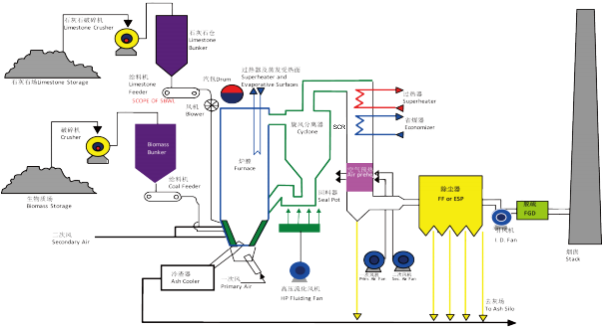Wedoany.com Report-Nov 14, The US Environmental Protection Agency (EPA) announced a final rule to reduce methane emissions from the oil and gas sector. The rule facilitates implementation of Congress’s directive in the Inflation Reduction Act to collect a Waste Emissions Charge.
Congress established the charge on large emitters of methane if their emissions exceed specific performance levels and directed EPA to collect the charge and implement other features of the program, including providing appropriate exemptions for actions that reduce methane releases. The final rule delivers on this directive and incentivizes companies to take near-term action to conserve valuable energy resources for American consumers and reduce methane emissions.
EPA estimates that this rule alone will result in cumulative emissions reductions of 1.2 million metric tons of methane (34 million metric tons CO2-equivalent) through 2035—the equivalent of taking nearly 8 million gas-powered cars off the road for a year.
As directed by Congress, the Waste Emissions Charge applies only to waste emissions from high-emitting oil and gas facilities. The Inflation Reduction Act provides that the Waste Emissions Charge applies to methane from certain oil and gas facilities that report emissions of more than 25,000 metric tons of carbon dioxide equivalent per year to the Greenhouse Gas Reporting Program, beginning with methane emissions reported in calendar year 2024. Also, as directed by Congress, the Waste Emissions Charge starts at $900 per metric ton of wasteful emissions in CY 2024, increasing to $1,200 for CY 2025, and $1,500 for CY 2026 and beyond, and only applies to emissions that exceed statutorily specified methane intensity levels.
EPA’s final rule details how the charge will be implemented, including the calculation of the charge and how exemptions from the charge will be applied. Facilities in compliance with the recently finalized Clean Air Act standards for oil and gas operations would be exempt from the charge after certain criteria set by Congress are met. The agency expects that over time, fewer facilities will face the charge as they reduce their emissions and become eligible for this regulatory compliance exemption.
In keeping with the provisions of the Inflation Reduction Act, the Waste Emissions Charge works in concert both with Clean Air Act standards issued in March 2024 to limit methane from new and existing oil and gas operations, and with more than $1 billion in financial and technical assistance that EPA has partnered with the US Department of Energy to provide under the Inflation Reduction Act to support monitoring and mitigation of methane emissions from the oil and gas sector.
In the final rule, EPA made changes in response to public comments that will provide owners and operators of oil and natural gas facilities with greater flexibility to achieve emission reductions and thereby avoid the charge. States now have a stronger incentive to submit satisfactory plans for limiting methane from existing oil and gas operations in a timely manner. Additionally, the Waste Emissions Charge will apply until oil and gas operators achieve full compliance with state plans, helping to incentivize better performance. The final rule also provides additional clarity on exemptions and other provisions of the rule.
